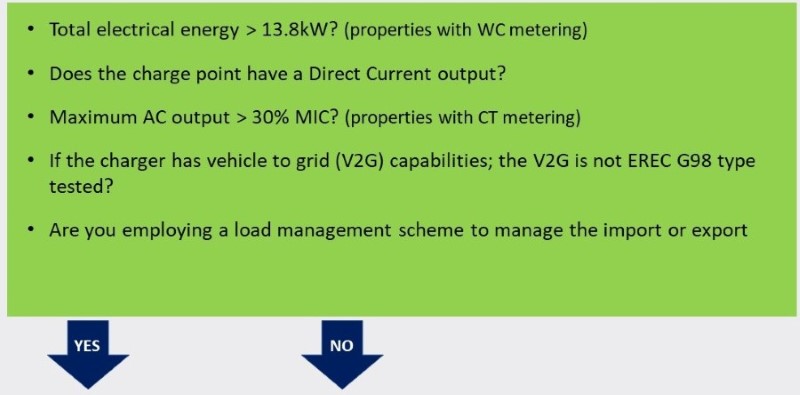To submit your application, you will need:
- Location plan
- Site layout plan
- Manufacturer's specification sheet
Guidance for installers
The Institution of Engineering and Technology’s Code of Practice on Electric Vehicle Charging Equipment Installation provides guidance for installers and confirms their responsibilities.
Specifically it outlines the installer’s responsibility to:
- Assess the adequacy of the supply capacity for the new EV’s electricity consumption, plus any existing electricity demand, before installing the charging equipment
- Assess the adequacy of the earthing, before installing the charging equipment
- Notify your electricity Distribution Network Operator (DNO) once the charge point has been installed. If you are in Cumbria, Lancashire, Greater Manchester, and parts of Derbyshire and Cheshire; this is Electricity North West. You can use our post code tracker to verify your supplier and DNO.
Electricity North West owns and maintains the electricity network of overhead lines and underground cables that bring power to 2.5 million homes and businesses in the North West.
EVs can use as much electricity as a domestic power shower, but for much longer, which can have a significant impact on demand for electricity on that part of the network.
It’s therefore important that you talk to us about your charge point installation so that we can assess whether the local electricity network and your site have enough capacity to meet your charging needs. For larger projects, we may need to build new infrastructure which will affect the time and cost of your project.
